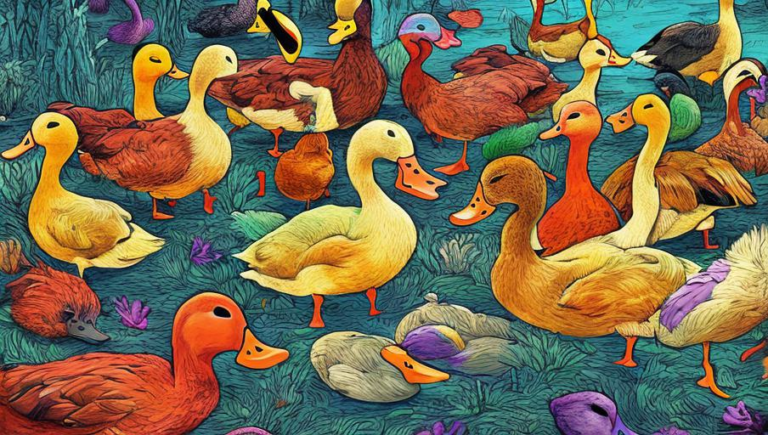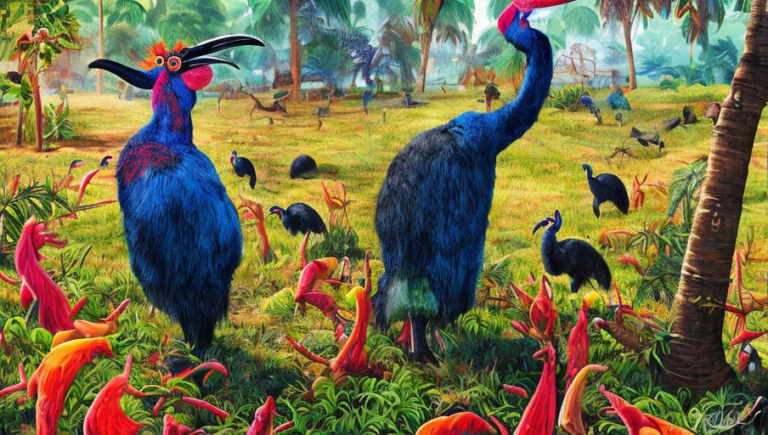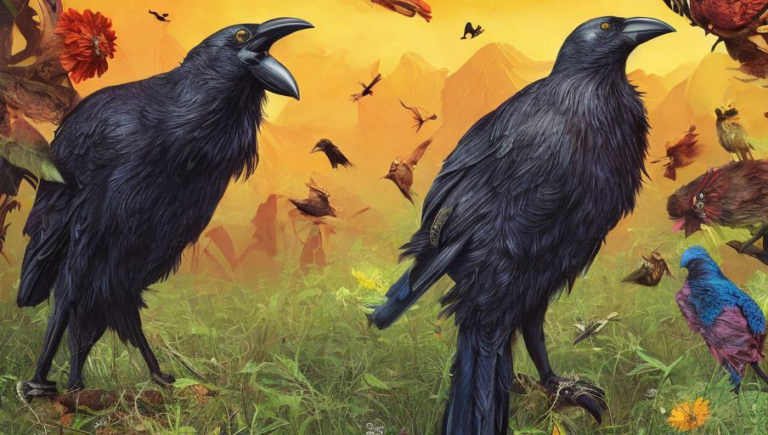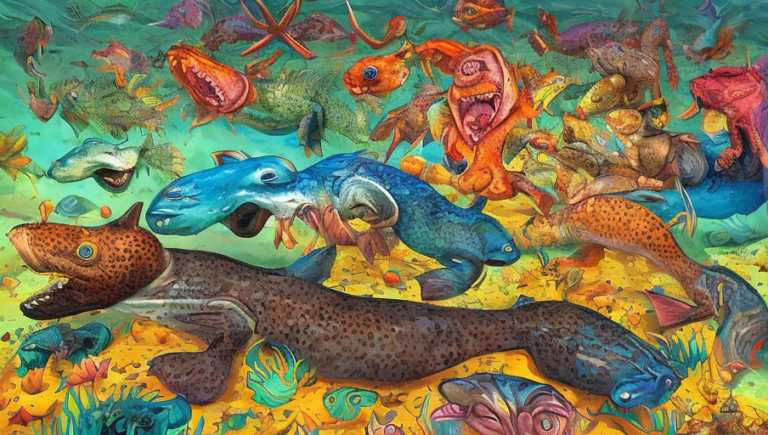Quirks of a Wild Boar
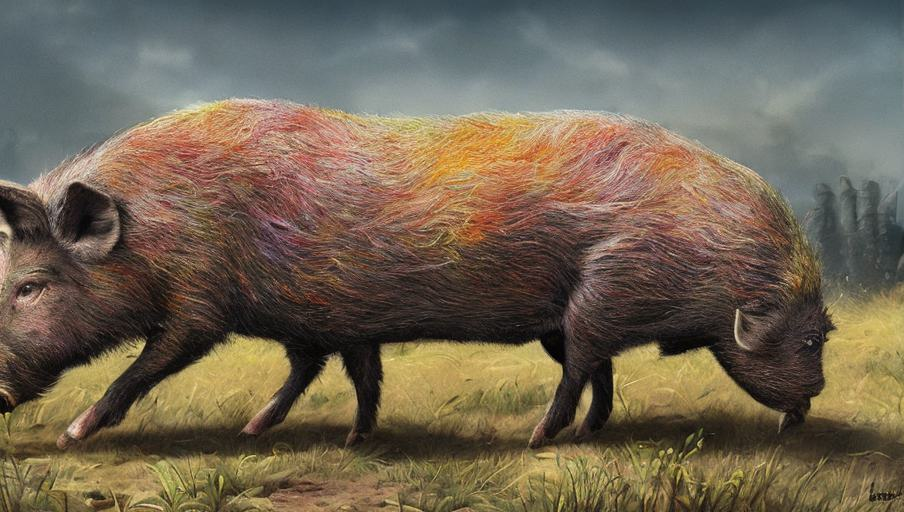
Quirks of a Wild Boar
The wild boar, or Sus scrofa, is an animal that can be found in a variety of habitats. It is a large mammal, typically black or brown in color, with a thick coat of fur that protects it from the elements. Boars have an impressive set of tusks, which can grow up to 10 inches long. They are omnivores, and their diet consists of a variety of plants and animals. They are also known to be fierce fighters, and they will defend themselves against predators with their sharp tusks.
Physical Characteristics
The boar has several physical traits that make it a unique creature. It has a thick, bristly coat of fur that is designed to protect it from the elements. The fur is usually black or dark brown, but some boars may have patches of lighter fur. The boar also has a set of long, sharp tusks that can reach up to 10 inches in length. These tusks are used for defense and foraging for food. Additionally, boars have a long snout that helps them find food and detect danger.
Behavior
Boars are typically solitary creatures, but they may join together in small groups when foraging for food. They are territorial and will fiercely defend their territory against intruders. Boars are also known to be very vocal, and they can make a variety of sounds including grunts, snorts, and squeals. They are also known to be aggressive and quick to attack.
Diet
Boars are omnivores and will eat a variety of plants and animals. They typically feed on roots, fruits, nuts, insects, small mammals, reptiles, and amphibians. Boars will also scavenge for food, and they are known to raid the fields of local farmers. They are also known to eat carrion, which is the flesh of dead animals.
Habitat
Boars are found in a variety of habitats, including forests, grasslands, wetlands, and scrublands. They typically inhabit areas where there is plenty of food and water, and they will often take shelter in thickets of shrubs and trees. Boars are also known to inhabit the edges of cultivated lands, where they can find food and shelter.
Conservation
The wild boar is considered to be a species of least concern, however their numbers are in decline due to hunting and habitat destruction. Conservation efforts are being made to protect the boar and its habitat, including creating protected areas and reducing hunting and poaching. Additionally, there are many organizations dedicated to protecting this species, and they are working to ensure that the wild boar is able to exist in its natural habitat.
Conclusion
The wild boar is an impressive animal with many unique characteristics. They are solitary creatures with a thick coat of fur and a set of sharp tusks. Boars are omnivores, so they will eat a variety of plants and animals. They are found in a variety of habitats, and they are fiercely territorial. Conservation efforts are being made to protect the wild boar, and organizations are working to ensure that it is able to exist and thrive in its natural habitat.


